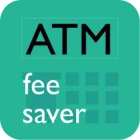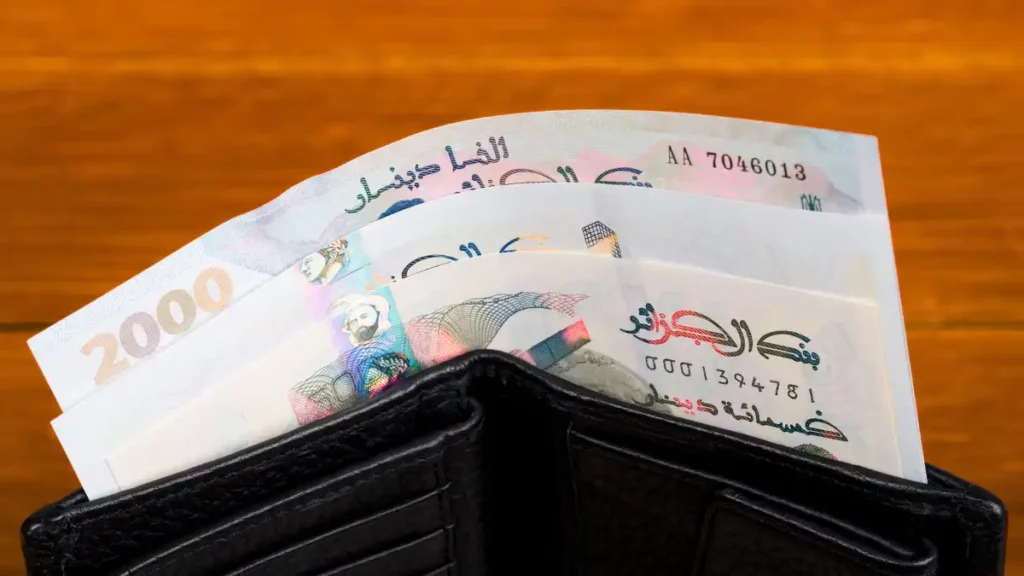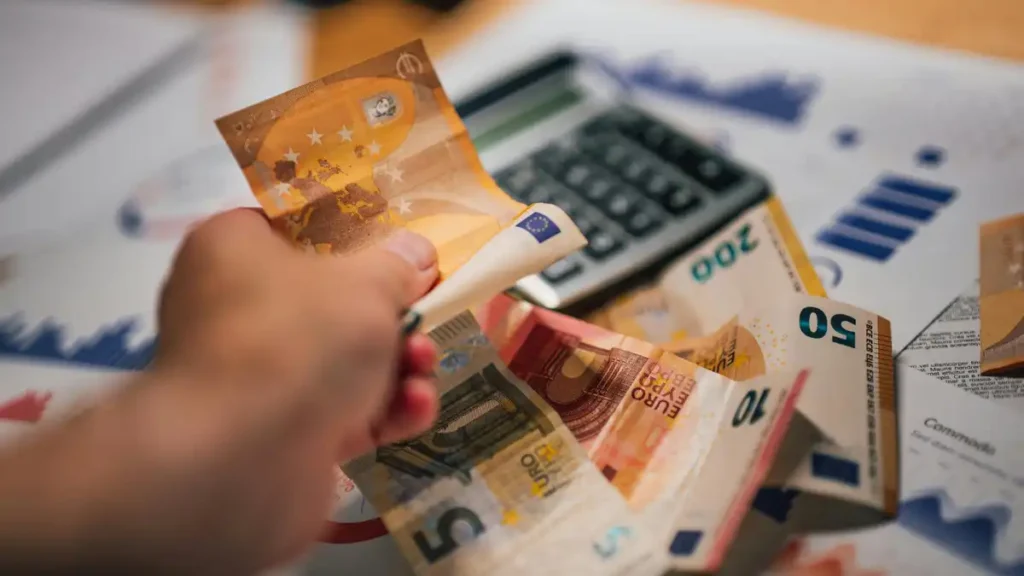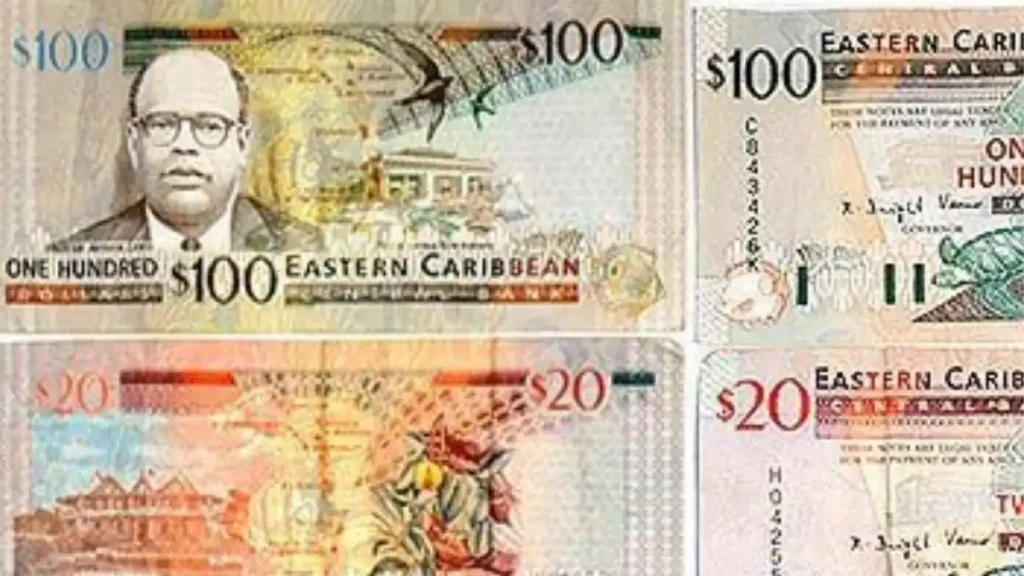Bustling cities, white-sand beaches, and vibrant local markets await-but getting your money in the Philippines right can save you plenty of hassle. Currency in the Philippines is primarily the Philippine Peso (PHP), and while cards are widely accepted in malls and hotels, cash is still king in rural areas, markets, and transit. This guide covers what foreign currency to bring, how and where to get pesos, ATM and exchange advice, safety tips, and key dos and don’ts-so you stay prepared and avoid avoidable fees on your island-hopping adventure.
How to pay in Philippines – cash or card?
Most places still prefer cash, but more and more businesses in cities are starting to accept card payments. Tourists use cash for smaller expenses and when shopping at local markets. It is estimated that around 70-80% of transactions are done in cash.
You can use cash for:
- Budget hotels (common outside major cities)
- Hostels (especially in provincial areas)
- Local tour operators (e.g., island hopping, local guides)
- Tips and gratuities (expected in many services)
- Street food (ubiquitous, cash-only)
- Small eateries / restaurants (carinderias, local cafes)
- Sit-down restaurants (many prefer cash outside tourist zones)
- Small purchases
- Local expenses at grocery stores, street markets
- Local buses (jeepneys, UV Express, minivans)
- Local taxis (many don’t have card machines)
- Local tuk-tuks / tricycles (cash-only)
- Mobile SIM and phone top-up (sold by street vendors or sari-sari stores)
- Laundry services
- Nightlife / bars (especially in less touristy areas)
You can use card for:
- 4 and 5 star hotels
- Large tour operators (cruises, full-day excursions)
- Shopping at malls (SM, Ayala, Robinsons)
- Entry fees to museums, historical sites (select places)
- Airport transport (Grab taxis, airport buses)
- Sit-down restaurants (in malls and cities)
- Upscale restaurants
- Online bookings for upscale hotels, flights, tours
- Vehicle renting (via major platforms)
- Emergency medical clinics / pharmacies (in cities)
- Spas (in hotels and malls)
Cash is king in the Philippines, especially outside Manila, Cebu, and Boracay. Carry small denominations for transport and food.
What’s the best currency to take to Philippines?
The Philippines primarily accepts its local currency, the Philippine Peso (PHP). The available note denominations include PHP 20, 50, 100, 200, 500, and 1000.
There are several resorts, hotels, and local shops that provide price quotes in US Dollars.
However, if you choose to pay in US Dollars instead of Pesos, the exchange rate for these payments may not be favourable. It’s best to pay in Peso to avoid losing a significant amount of money!
So, Philippine Peso is the best currency to take to Philippines.
Where to get the local currency in Philippines?
In Philippines, you can get the local currency in 4 ways. These are:
ATMs, or
Currency exchange
Money transfer and local pick-up
Gold shop money changing
Types of cards to swipe in Philippines
Visa and Mastercard transactions are commonly accepted for swiping. You might also find some places that accept Amex and other cards, albeit less frequently.
Types of cards at ATMs in Philippines
When withdrawing money in the Philippines, majority of the ATMs will accept Visa, Mastercard, Cirrus, Plus, Maestro cards. Some of them may accept Amex, JCB, Unionpay, Diners and Discover cards.
Should I exchange money before travelling to Philippines?
It’s a good idea to bring a small amount of Philippine Pesos (PHP) for initial expenses such as taxis or snacks at the airport. Many foreign banks don’t stock PHP or offer poor exchange rates, so don’t rely on converting large amounts before travel.
ATMs are widely available in airports, major cities like Manila and Cebu, and tourist areas. They accept Visa, Mastercard, Cirrus, and Plus cards. Some machines may have low withdrawal limits or charge local fees, so bring multiple cards if possible and check with your bank about foreign transaction fees.
If you prefer exchanging currency, do so at banks or licensed money changers in cities, which usually offer better rates than airport counters or hotels. Popular chains like Sanry’s or Czarina in Manila offer fair rates.
USD is the most commonly exchanged currency in the Philippines. While credit and debit cards are accepted in malls, major restaurants, and hotels, cash is necessary for jeepneys, street food, ferries, markets, and smaller towns. Carrying a mix of cash and cards is essential for a smooth trip.
Where to withdraw money in Philippines
The best ATMs for foreigners to use in Philippines are those owned by popular banks such as:
- BDO,
- DPB,
- PNB,
- BPI, and
- Land Bank of the Philippines
There are some foreign banks as well:
HSBC,
Bank in China.
For a detailed guide, read Cash and ATMs in Philippines.
Discover fee-free and low-fee ATMs on the ATM Fee Saver mobile app for iOS and Android. This app provides ATM PINs and details of leading bank ATMs such as ATM fees and withdrawal limits for foreign cardholders at ATMs in Philippines. Moreover, its simple fee calculator helps you determine exact withdrawal charges. You can also find cash tips and tricks on the app for 160+ countries including Philippines.
Download now from the App Store or Play Store.
Where to exchange currency in Philippines
In Philippines, you can exchange currency at authorised currency exchanges, banks, airports, and hotels, the most popular being authorised currency exchanges.
Currency exchange in the Philippines is handled by both money changers and banks, with money changers offering the best rates-especially in city centers and shopping malls. Furthermore, pawnshops are quite popular for their currency exchange services. You could try checking with well-known pawnshop chains such as Cebuana Lhuillier or M Lhuillier.
Top areas in Manila / Metro Manila:
Makati: Greenbelt, Glorietta
Ermita and Malate (Pedro Gil Street)
Robinsons Malls and SM Malls: Usually house reputable money changers
- Notable currency exchanges are:
Cebuana Lhuillier
M Lhuillier
Czarina Foreign Exchange
Sanry’s Money Changer
Edzen Money Changer
Tivoli Money Exchange
Avoid unauthorized changers on the street or near airports-while they may approach tourists, they’re not regulated and may be risky.
- Banks Offering Currency Exchange:
Bank of the Philippine Islands (BPI)
BDO Unibank
Metrobank
Security Bank
Bank exchange rates are typically less competitive and may involve waiting times. Some branches only exchange for account holders.
💡 Tip: USD is the easiest to exchange. Ensure your notes are crisp and unmarked. Many changers refuse old or damaged bills.
Pro-tips:
Stay away from airport exchanges – Poor rates
Avoid the black market – Be wary of being conned.
Include fresh notes – If your notes are damaged or dirty, you can expect to pay more or less.
Is carrying money in Philippines safe?
When it comes to safety, it’s perfectly fine to carry a reasonable amount of cash in the Philippines. And also, required. Here are some tips to help you safely carry cash during your travels in the Philippines:
Some safety tips for carrying cash while travelling in Philippines are:
- Carry only the cash you need.
- Do not keep all the cash in one pocket or wallet.
- Put some cash in a safety belt or fanny pack.
- Do not flash your cash.
- When paying, do not remove or display your entire cash.
- Keep wallets preferably in front pockets.
- Cross-wear your purses if possible.
- Hold your purses, wallets and bags close and tight on crowded streets and in public trains and buses.
- When withdrawing cash, keep the cash low while you count it so people around don’t see it.
- If you’re dining alone, don’t leave your wallet / bag unattented while you go to the restroom.
- If sitting outdoors in a restaurant, don’t leave your wallets / bags on the table.
Is it better to use debit or credit cards or pay by cash in Philippines
Use a card if it is fee-free i.e. your bank does not charge any fees to swipe the card, when the merchant / POS also does not impose any extra charge to use a card, you need to use the insurance of the card, don’t want to block cash of large purchases and card’s swipe fees are lower than withdrawal fees.
Pay by cash by withdrawing cash from ATM or exchanging currency where – fees on ATM withdrawals are lesser than fees on swiping cards, you don’t want to leave any digital footprint of your expenses, it is convenient and easier to conduct transactions.









